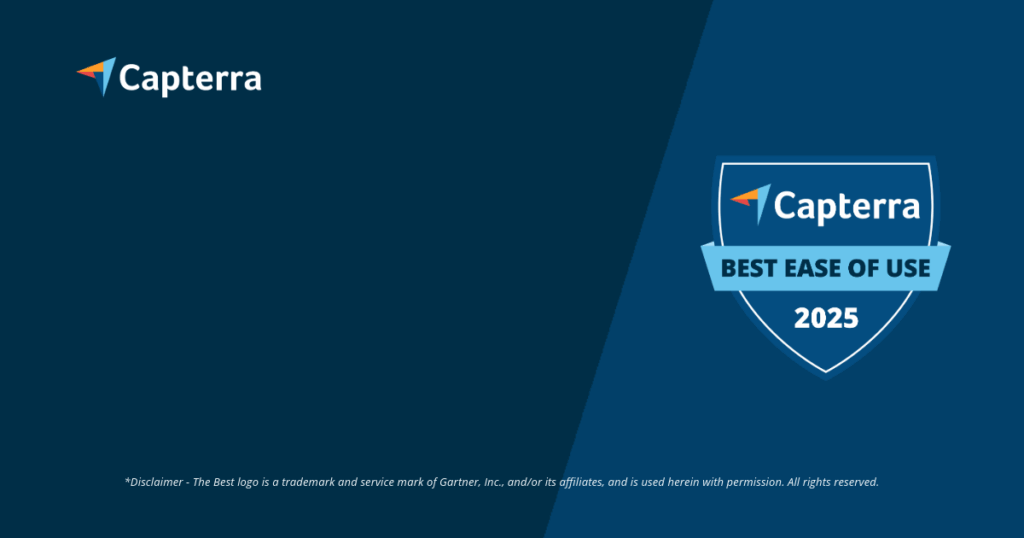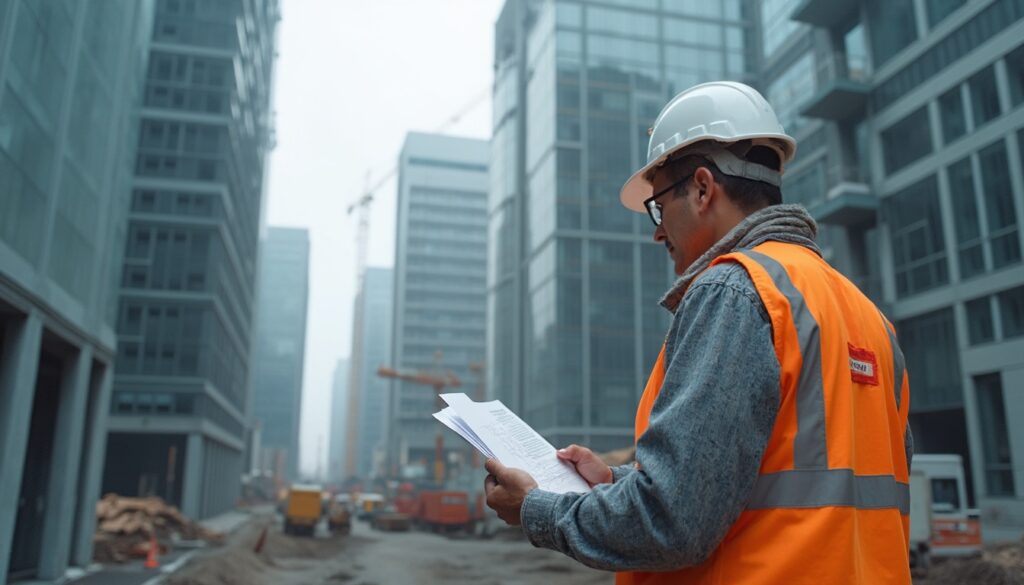The underestimated risk: Analyzing damage costs and liability traps
An unprotected component can become one of the most expensive problems on your construction site. Repairing deep scratches or dents on a high-quality front door starts at €500 and can quickly exceed €2,500 with complex surfaces. If the door leaf needs to be completely replaced, costs can rise to up to 80% of the new price. Until the official acceptance of the construction performance your company bears the full risk for such damages. This means you have to pay for the repairs even if the perpetrator cannot be clearly identified. This liability under VOB/B and BGB is a significant financial risk for many construction managers. The follow-up costs from construction delays due to needing to reorder a door often amount to another €1,000 or more. Therefore, systematic protection is an investment that pays off more than once when the first damage is avoided.
Understanding legal obligations: What VOB and BGB require from you
Protecting components is not merely a nicety but a contractual obligation. The VOB/C, especially the General Technical Contract Conditions (ATV) like DIN 18360 for metal construction work, requires contractors to protect their services from damage until acceptance. This explicitly applies to protection against the impacts of other trades. Importantly: Protective measures can be regarded as “special services” under VOB/C, Section 4.2, and thus be compensated separately. However, they must be clearly specified in the bill of quantities. If you fail to take these protective measures and damage occurs, you will be liable as the perpetrator. A clean documentation of the protective measures taken will thus become your most important defense in case of dispute. This allows you to demonstrate at any time that you have fulfilled your duty of care and counter unwarranted claims.
Make the right material selection for effective protection
Effective protection consists of at least two components: a surface protection and an impact protection. An investment of €50 to €150 in the right materials is minimal compared to potential repair costs exceeding €2,000.
- Self-adhesive protective films: They protect the surface from scratches, dirt, and paint splashes. Ensure you use UV-resistant films that can be removed without residue after up to 4 weeks.
- Painter fleece or construction protection fleece: A fleece with a weight of at least 180 g/m² provides good cushioning protection against impacts and falling tools.
- Hardboard or OSB boards: For ultimate protection in heavily trafficked areas, you should additionally cover the door with cut boards. These provide the best mechanical protection.
- Adhesive tape: Only use high-quality adhesive tapes that are suitable for the respective substrate to avoid paint or material damage during removal.
The combination of film and robust fleece provides sufficient protection in over 80% of cases. This Checklist for the construction phase helps ensure nothing is forgotten.
Consider the alternative: When a temporary construction door makes sense
In some cases, the best protection for the original front door is simply not to install it at all. A temporary construction door is a robust, often galvanized steel door used during the critical construction phase. The purchase cost for such a door ranges from €150 to €350, while rental often costs only €2 to €5 per day. A construction door is especially sensible when the interior construction is still in full swing, and heavy materials need to be transported. It eliminates the risk of damage to the expensive final door by 100%. In addition, it serves as a secure closure for the building and protects against theft. Weigh the costs of a construction door against the risk of damage. With a construction time of more than 6 weeks and high traffic volume, it is almost always the more economical solution.
Establish a watertight chain of evidence: Document protective measures securely
You have perfectly protected the front door – but can you prove that in case of a dispute in 6 months? Verbal agreements or unstructured photos in WhatsApp groups often hold no ground in court. This creates the greatest liability risk: the lack of secure documentation. Without a timestamp, clear assignment, and secure filing, your photo evidence is worthless in doubt. Valoon solves this problem. With Valoon, you can turn simple WhatsApp messages into evidence-secure entries for your digital construction diary. Every employee can document the condition and protective measures using their smartphone without needing to learn a new app. The information is automatically linked with all relevant data (date, time, project, employee) and securely archived. This creates a complete chain of evidence for your efficient defect management.
Valoon in practice: Organizing front door protection in 3 steps
The implementation with Valoon is intentionally kept simple to avoid wasting time on the construction site. The entire process takes less than 5 minutes.
- Create a task: As a construction manager, you create the task “Protect and document front door” in the Valoon web portal in under 60 seconds and assign it to the responsible employee or subcontractor.
- Send proof via WhatsApp: The employee receives the instruction directly on their phone via WhatsApp. They apply the protection, take a photo of the covered door, and send it in the project chat with a short note (“Front door protected”).
- Automatically document: The photo is automatically timestamped by Valoon and assigned to the corresponding construction project. It is now part of the digital construction diary and immediately visible and securely archived for all project participants in the office.
This simple workflow ensures that the protection is not only implemented but also 100% verifiably documented.
Conclusion: Your advantage with Valoon – Save costs, minimize liability
Professional front door protection during the construction phase is one of the easiest measures to minimize risk. The costs for protective materials are negligible at under €150 compared to possible damages exceeding €4,000. Valoon closes the critical gap of proof. With extremely simple documentation via WhatsApp, you create legal certainty, without burdening your employees with complex software. You save time and money, by avoiding expensive corrections and lengthy liability debates. Ensure clear conditions and protect your projects and your budget. Book your free demo now and learn how Valoon revolutionizes your construction documentation in less than 15 minutes.
More Links
Wikipedia provides a comprehensive article on the topic of construction damage, highlighting definitions, causes, consequences, and remediation options.
Der Association of Private Builders (VPB) provides information on construction damage and shows how builders can protect themselves against it.
Das Fraunhofer Institute for Building Physics (IBP) offers detailed information on damage analysis in buildings.
FAQ
What to do if the front door gets damaged despite protection?
Document the damage immediately with photos. Report the damage in writing to the responsible construction manager or general contractor. Since liability before acceptance lies with the company, it must arrange for the proper repair or replacement and bear the costs.
Is a simple film sufficient to protect the front door?
No, a simple film only protects against dirt and paint, not from mechanical damage such as impacts or scratches. Effective protection always requires a combination of a surface protection film and a padded impact protection, such as thick painter fleece or even hardboard panels.
Can I bill the costs for front door protection separately?
Yes, according to VOB/C, protective measures can be defined and billed as “special services.” The prerequisite is that this service position is explicitly listed in the bill of quantities and in the construction contract.
When is the best time to install the final front door?
The safest time is as late as possible, ideally after the completion of dirt-intensive work such as screeding and plastering. If an earlier installation is unavoidable, using a temporary construction door is the safest alternative.
How long can protective films stay on the door?
This depends on the manufacturer and the UV resistance of the film. Most professional protective films are designed for a usage duration of 2 to 6 weeks. If they are left on the surface longer, the adhesive may harden and leave unsightly residues or damage the paint.
How does Valoon assist in coordinating protective measures?
With Valoon, you can send protective measures as clear work instructions via WhatsApp to your employees or subcontractors. They can confirm completion directly with a photo. This ensures not only that the door is protected but also that there is comprehensive evidence of WHEN and by WHOM it was done.








